…or 5 frames on the intersection of UNESCO World Heritage and UNESCO Intangible Cultural Heritage.
In early February this year the German Commission for UNESCO added Analogue Photography to the list of what it calls Intangible Cultural Heritage – ICH. Besides well-known tangible UNESCO World Heritage sites, like the Pyramid Fields in Egypt or the Great Barrier Reef in Australia, as well as numerous lesser known sites all over the world, aspects of intangible culture are beginning to play a more important role in UNESCO’s thinking than they might have in the past.
UNESCO defines Analogue Photography as,
“The entirety of all chemical techniques used to create an image on a substrate (e.g. paper, glass, celluloid and canvas). Using optical systems, a light image is projected onto a light-sensitive medium and stored for a longer period of time.“
The cultural aspects on analogue photography obvioulsly play a decisive part in UNESCO’s reasoning
“In the 19th and 20th centuries in particular, a large number of techniques and processes for reproduction in photography were developed, which have fundamentally shaped our society ever since. Knowledge of the origin and application of analogue photographic processes is gradually disappearing from everyday life due to digital offerings and is only practiced and taught in all its complexity by a few specialists. At the same time, analogue photography is experiencing a revival as a leisure activity and as a form of artistic expression.“
The recognition of analogue photography on a national level in Germany is the first step to adding it to the Representative World List, where it will then join the likes of falconry in the Arab world and Neapolitan pizzaiuolo.
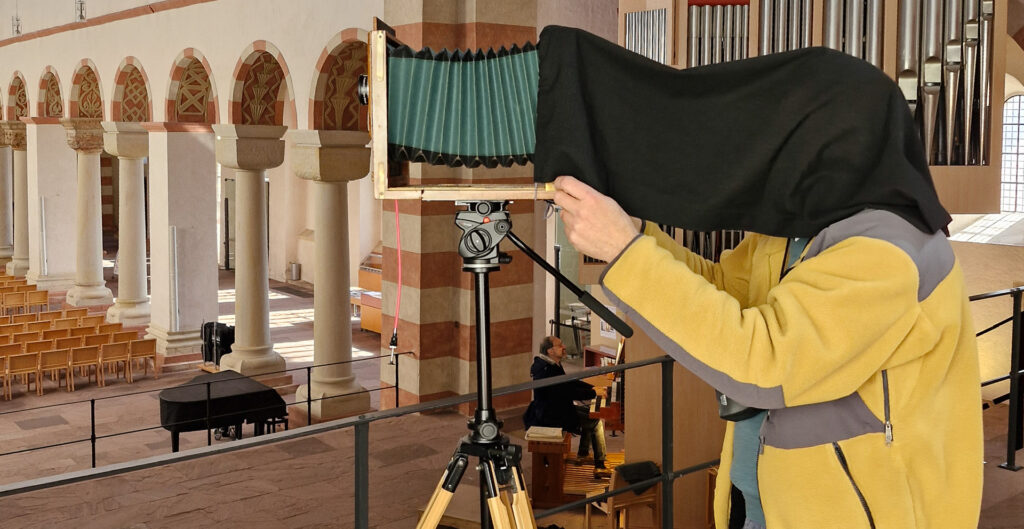
In the meantime, where better to practice the art of analogue photography than in a lesser-known UNESCO World Heritage site like that of St. Michael`s Church in Hildesheim, Germany. Here romanesque architecture and the art of the Middle Ages can be experienced as authentically as in only very few other places in Europe. The building is usually quiet in the off-season, giving the photographer time and leisure to explore and to try out various forms of the medium. In my case these range from the use of high-resolution 35mm film to shooting paper negatives in an ancient 13×18 wooden camera. The photographic flow is only interrupted by the occasional conversation with visitors – like the one that asked me to pose for him under the black cloth while using my 13×18 camera.
Here are some of the results of my visits to this UNESCO site:
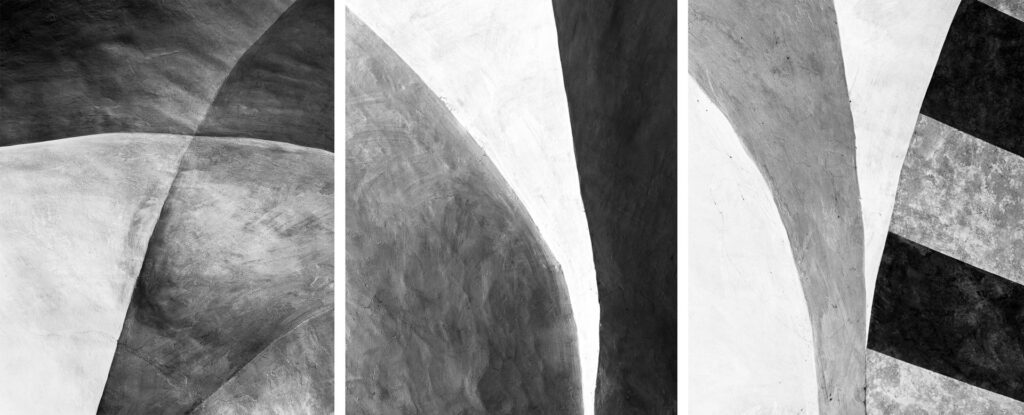
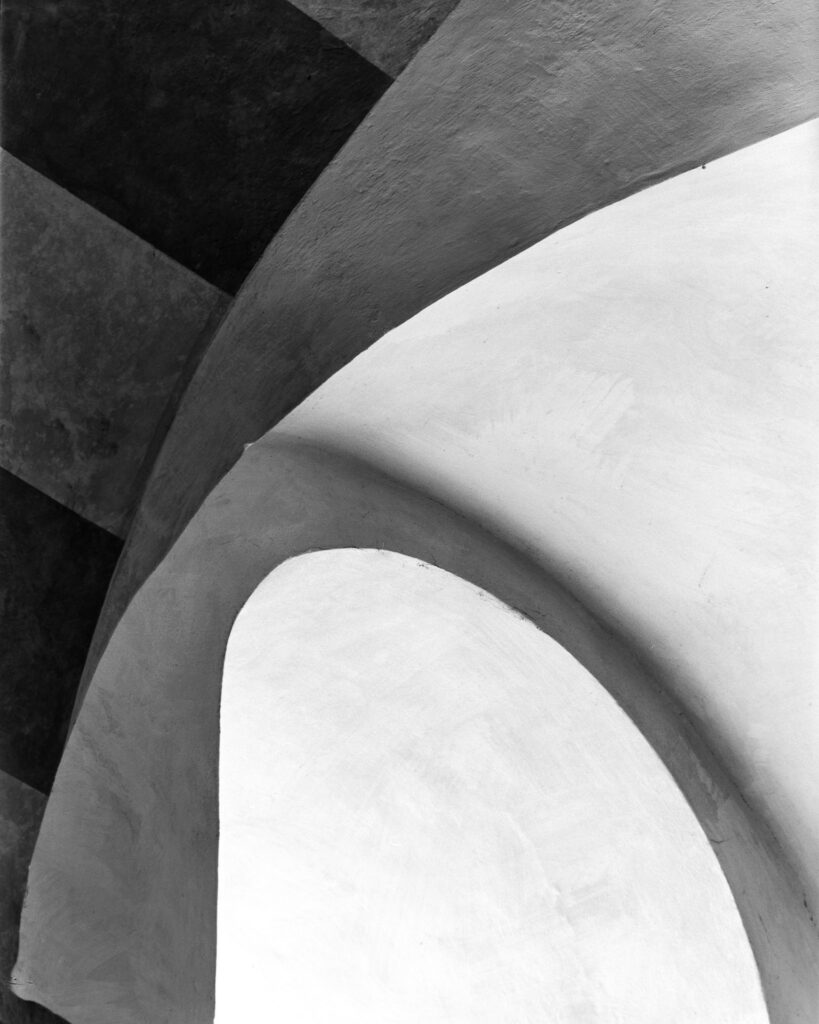
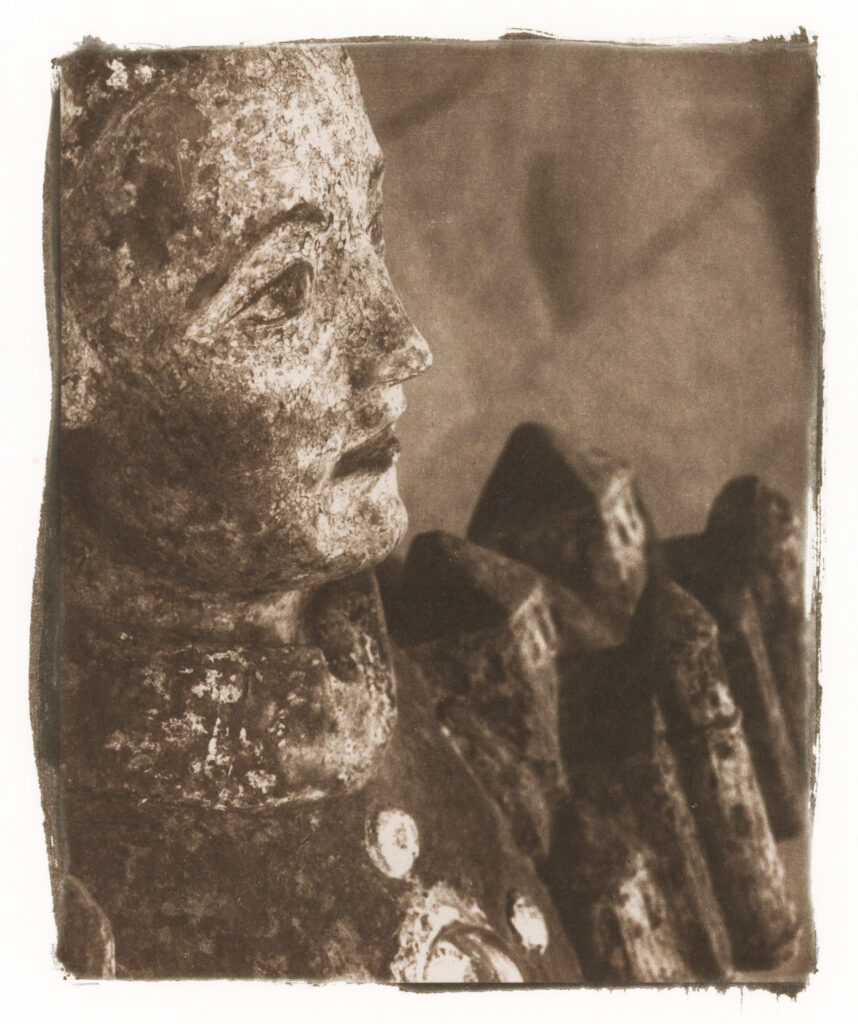
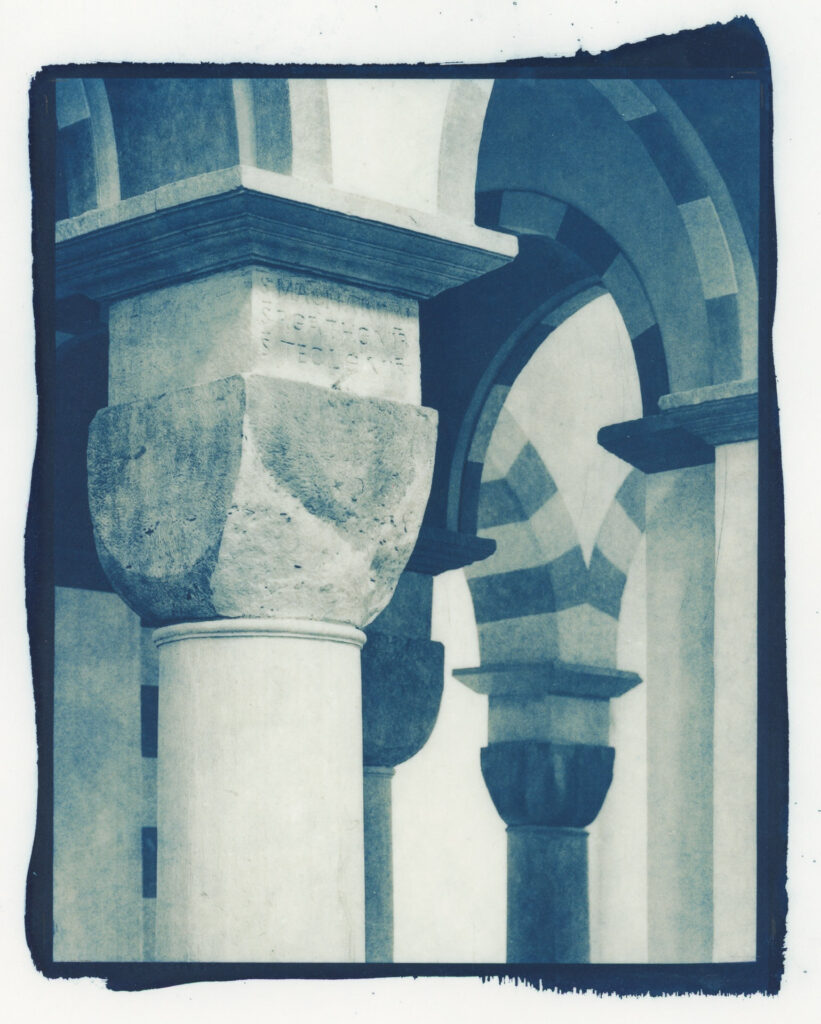
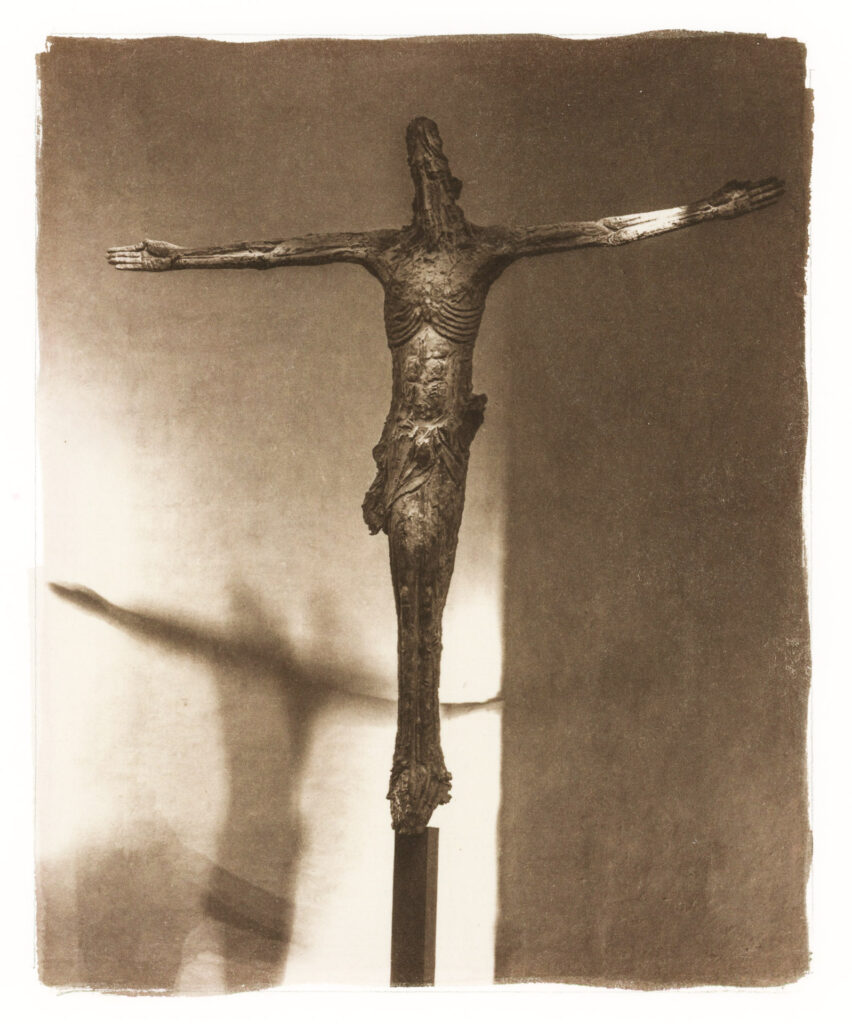
Meanwhile you might be asking yourself what the good of this whole UNESCO ICH-business is. Good question. Contrary to popular belief, UNESCO will not distribute funds or offer direct support for the upkeep of any of their World Heritage sites or their Intangible Cultural Heritage practices. However, the sites themselves, and the people involved in practising the culture deemed World Heritage, might benefit indirectly from their UNESCO status when trying to acquire funding from third parties, public or private, possibly to put on an exhibition or run a series of classes or workshops.
When all is said and done, it is ultimately up to the enterprise and initiative of the people directly involved with analogue photography to keep the show up and running. I’m thinking, for example, of people like ADOX’s Mirko Böddecker, who keeps us supplied with film, paper and chemicals, or of JOBO’s Johannes Bockemühl, who looks after the technical aspects of our darkrooms with innovative products. Or of Marwan El-Mozayen, who keeps the conversation going in his magazine Silvergrain Classics and of Ari Jaaksi with his enlightening blog posts. And, last but by no means least, Hamish Gill must be mentioned in this context: kudos for setting up and running 35mmc so reliably as a platform providing information and inspiration for a large analogue audience.
In the end it is up to every one of us in our increasingly digitized societies to get out there and make the most of our excursions into the analogue world – as long as it lasts.
Thanks for reading this. A few video impressions can be found here – German language only, but you’ll get my drift.
Share this post:
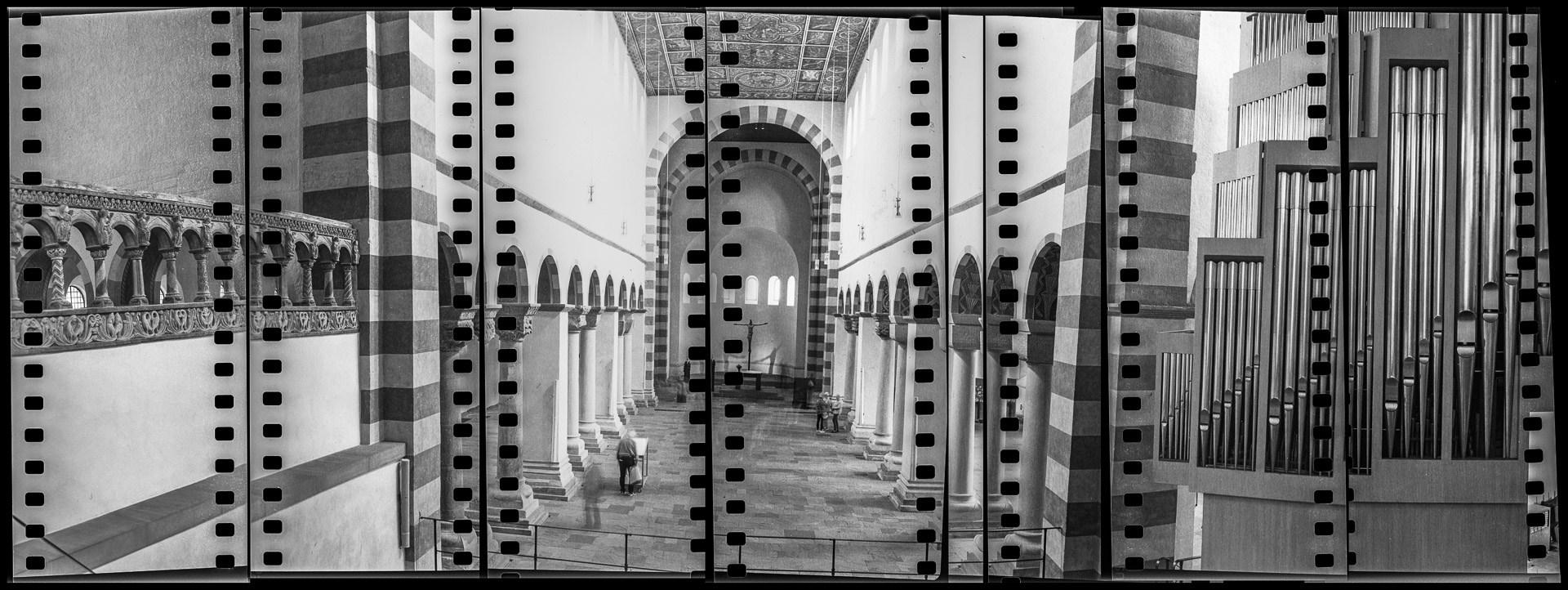

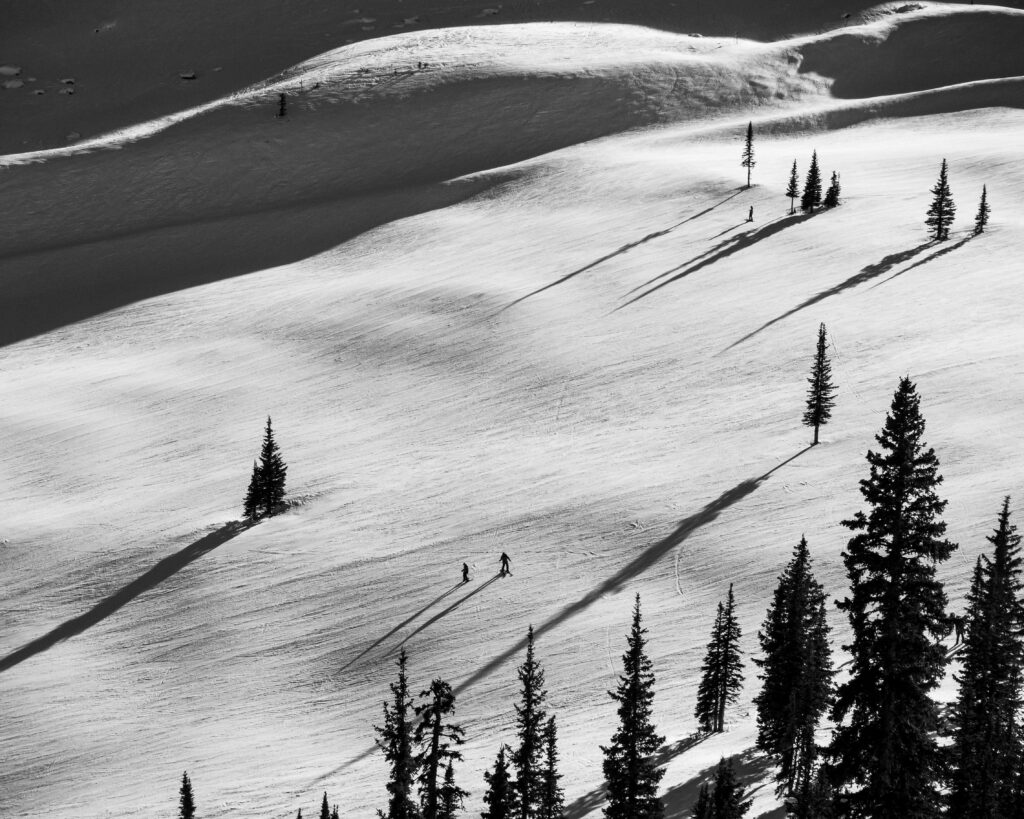
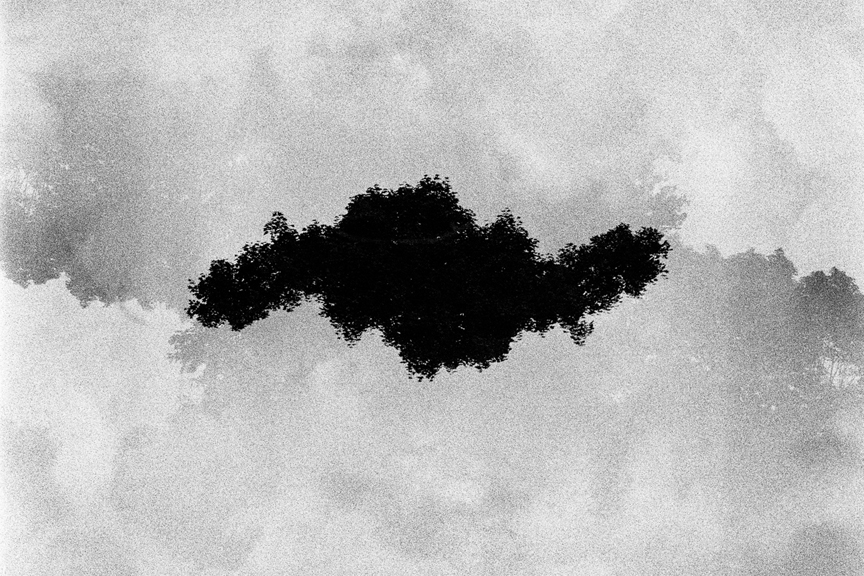
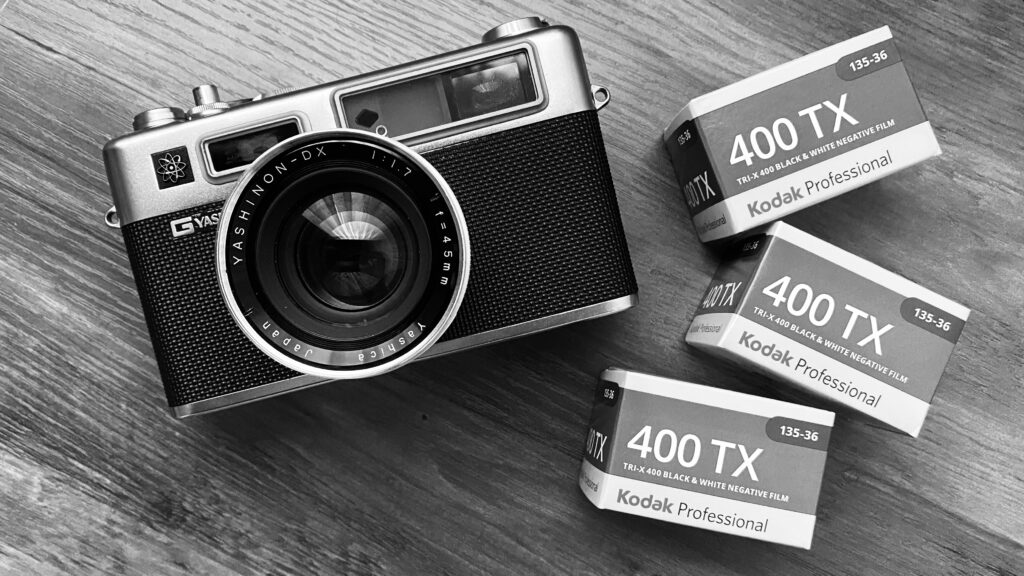
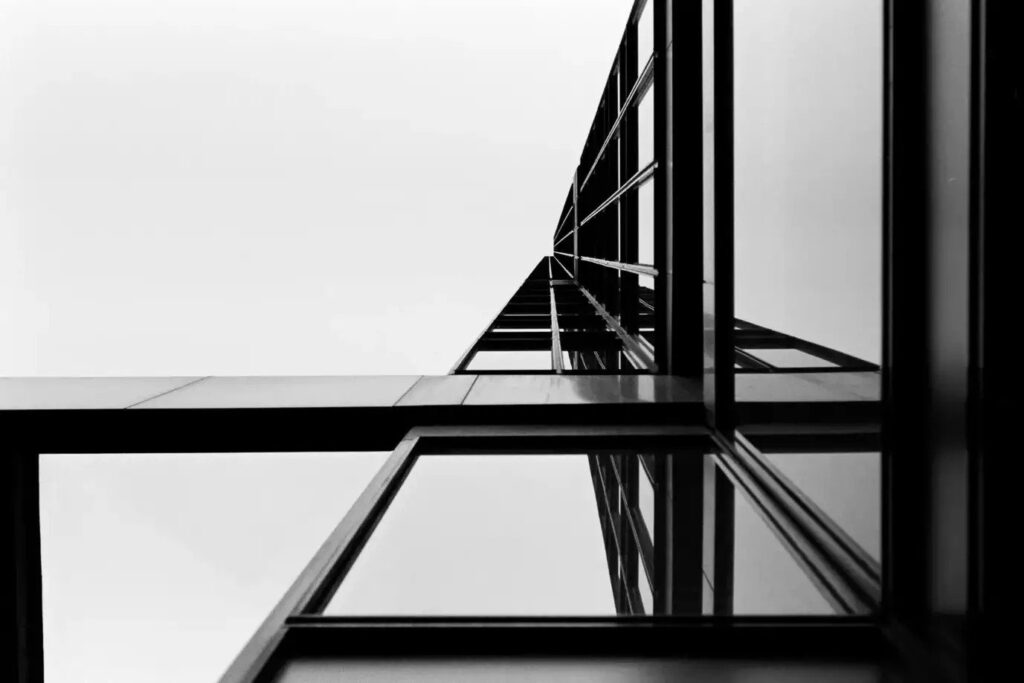
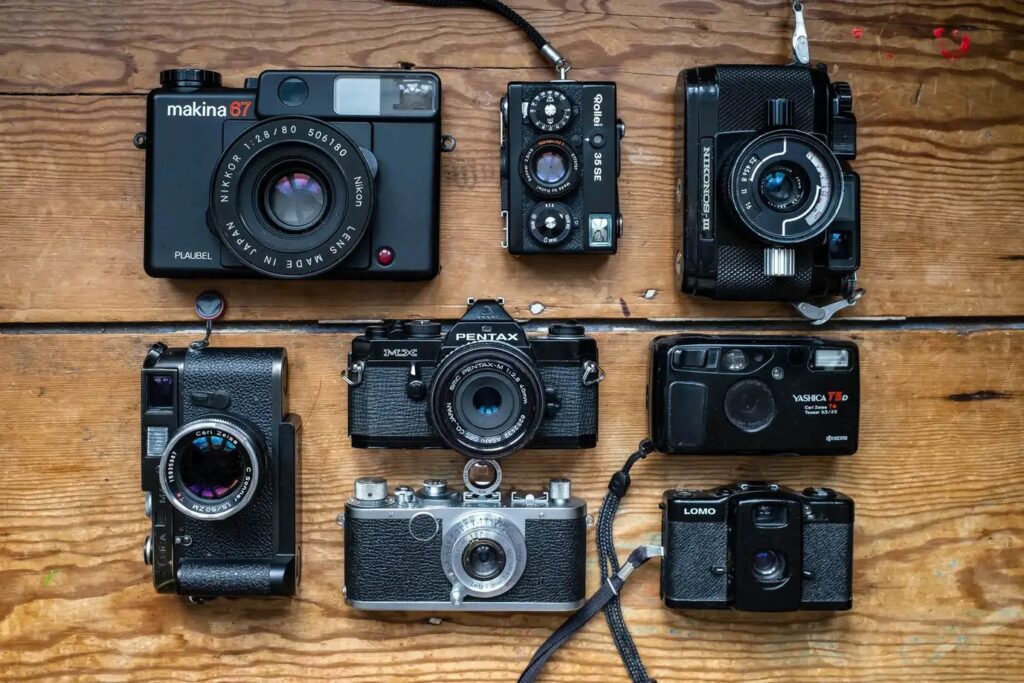
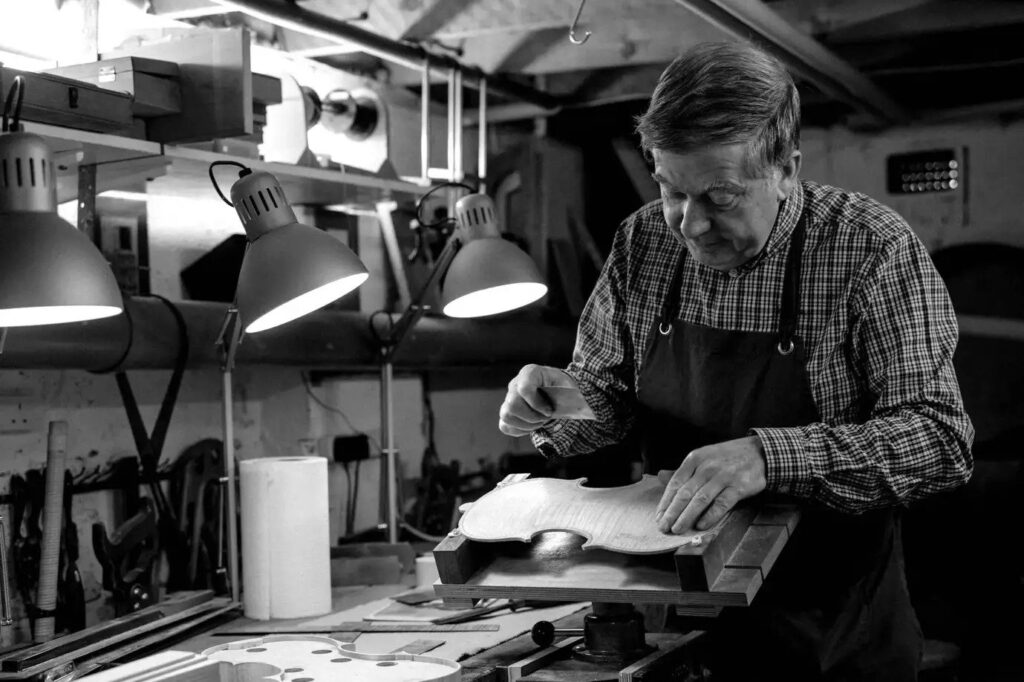
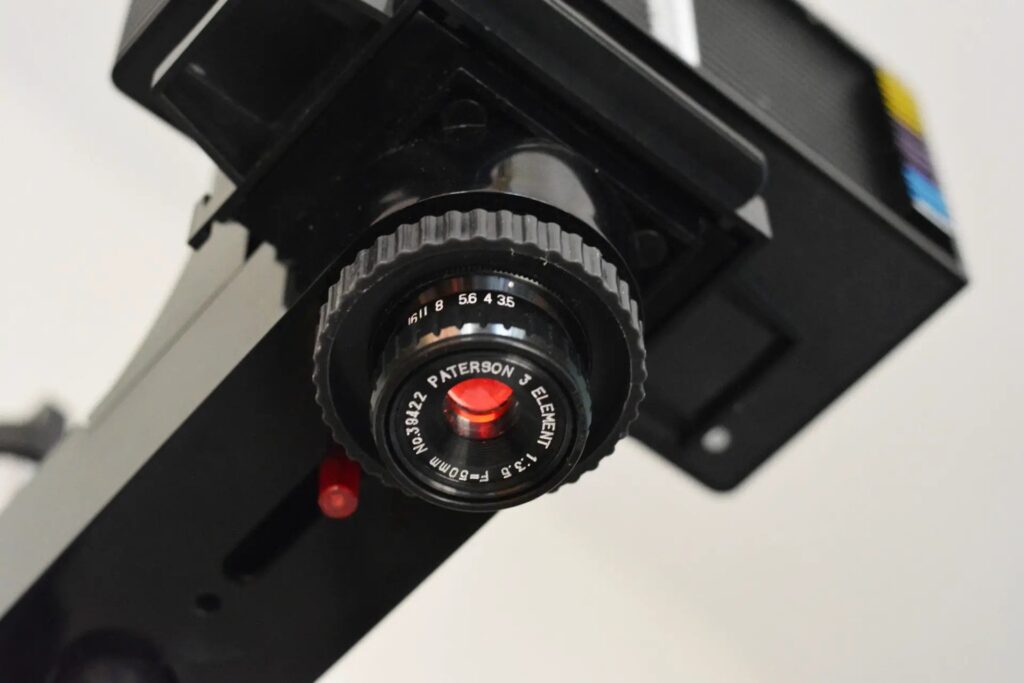
Comments
Ian on Analogue Photography goes ICH…
Comment posted: 07/06/2025
I'm particularly taken with the arches, the composition and colour are superb.
Cheers
Ian
Bill Brown on Analogue Photography goes ICH…
Comment posted: 07/06/2025
You have some beautiful work here and we should all be inspired to look around us to find something that may soon quietly pass into the realm of memories.
Thanks for sharing,
Bill
Gary Smith on Analogue Photography goes ICH…
Comment posted: 07/06/2025
Thanks for your post!
Gary Smith on Analogue Photography goes ICH…
Comment posted: 07/06/2025
...was it a wide shot, processed with overlaid sprocket holes (of course it was, very clever).
Comment posted: 07/06/2025
Comment posted: 07/06/2025
Comment posted: 07/06/2025
Comment posted: 07/06/2025
Jeffery Luhn on Analogue Photography goes ICH…
Comment posted: 07/06/2025
I really liked the abstract shots of the arches! Re: big camera: I'm interested in knowing some details about the paper, exposure, and processing of the view camera. I'm building several 8x10 cardboard box cameras for my students and any exposure info you have would be helpful. My rough tests were ISO 6, but contrast was very high. I'm thinking about using filtration to moderate that issue. Ideas? Thanks, Jeffery
Comment posted: 07/06/2025
Comment posted: 07/06/2025
Art Meripol on Analogue Photography goes ICH…
Comment posted: 08/06/2025
As for World Heritage Sites I've been working with a group trying to gain UNESCO recognition for several years. It's a long slow and somewhat political process, at lease at this moment in the US. But it will be more than worth any effort if and when we're successful. Great read, great post.
Comment posted: 08/06/2025
Russ Rosener on Analogue Photography goes ICH…
Comment posted: 11/06/2025